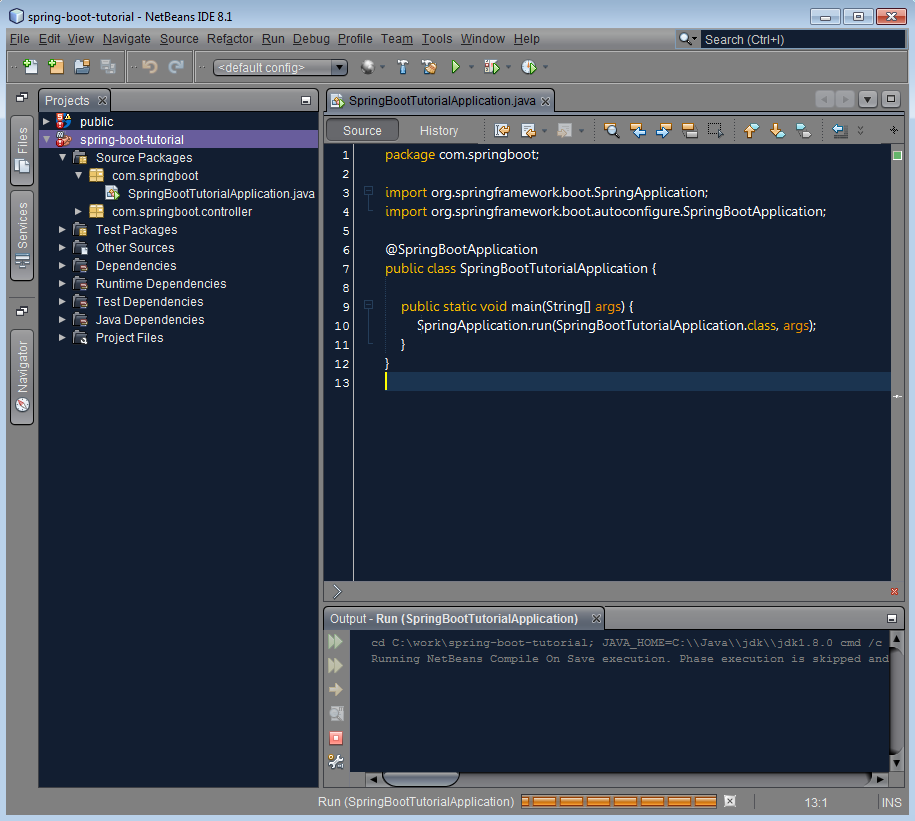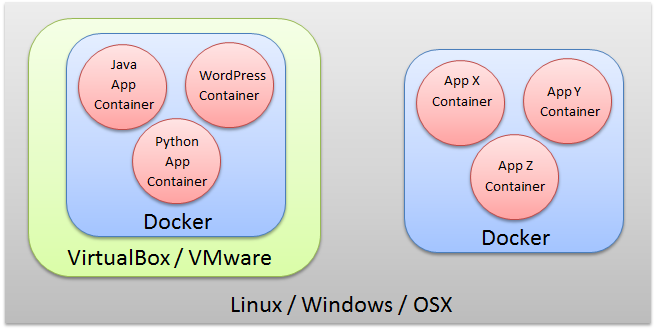Almost a decade using NetBeans as my primary development IDE, I was always fell that NetBeans is lag behind IntelliJ especially their elegant Darcula theme which I like the most and some features offered is very responsive.
Anyway, I did not continue using it because the ultimate version is a bit pricy for me, and using the feature limited community edition make me feel like owning a jet aircraft but limited jet fuel.
So… download the latest NetBeans 8.1 and did some customization…
Da… Dang…. here is my new look and feel of NetBeans.
Anyway, the dark theme is not new, but I just realize using it with some other font and theme can be nice too 🙂
Besides that, the IDE now have better support for Html5/Javascript and AngularJS works much better than before (full release note here)
Here are my customization to share:
- Install “Dark Look and Feel Themes” from Netbeans plugin portal (Tools –> Plugins)

- Dark Nimbus theme (Tools –> Options –> Appearance –> Preferred Look and Feel)
- Norway Today profile (Tools –> Options –> Fonts & Colors –> Profile)
- Gisha 14 as font display (Tools –> Options –> Fonts & Colors –> Syntax)
(Note: OSX does not have this font, but default Monospaced looks good) - 1.1 point line spacing (Need to add an entry as below in C:\Users\{YOU}\AppData\Roaming\NetBeans\{VERSION}\config\Editors\Preferences\org-netbeans-modules-editor-settings-CustomPreferences.xml)
(Note: OSX path @ /Users/{YOU}/Library/Application Support/NetBeans/{VERSION}/config/Editors/Preferences/org-netbeans-modules-editor-settings-CustomPreferences.xml)<entry javaType="java.lang.Float" name="line-height-correction" xml:space="preserve"> <value><![CDATA[1.1]]></value> </entry>




